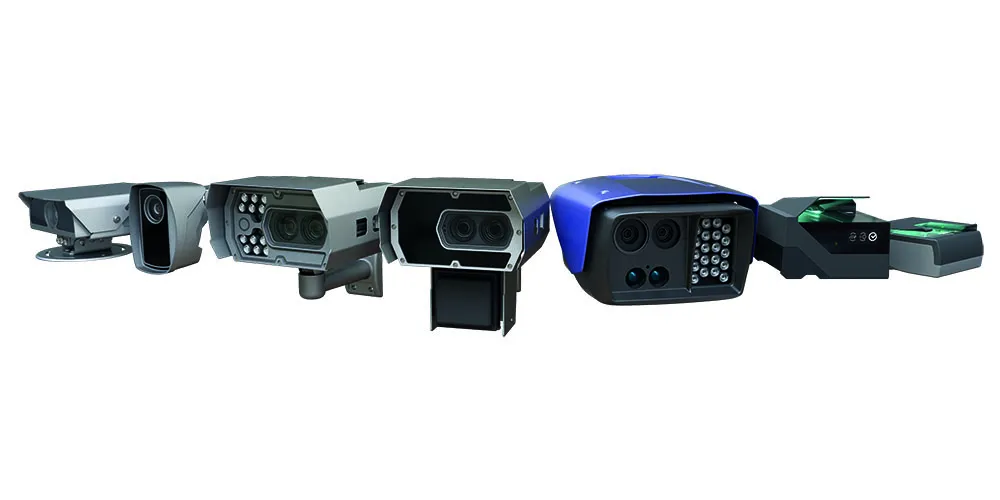The challenge for surveillance systems is to ensure Power-over-Ethernet (PoE) switches provide high-power output and sufficient network bandwidth while remaining available and reliable. They must do so even when operating in extreme environments such as high temperatures, much noise and potentially high cybersecurity risks.
To meet this challenge, Moxa says it launched its EDS-P506E-4PoE series of PoE switches. As well as being exceptionally rugged, each of the switch's four ports deliver up to 60W to powe
June 5, 2018
Read time: 1 min

The challenge for surveillance systems is to ensure Power-over-Ethernet (PoE) switches provide high-power output and sufficient network bandwidth while remaining available and reliable. They must do so even when operating in extreme environments such as high temperatures, much noise and potentially high cybersecurity risks.
To meet this challenge,
Device-level cybersecurity, remote control and the capability to monitor powered devices round out the EDS-P506E-4PoE's impressive features, says the company.
Booth 129










